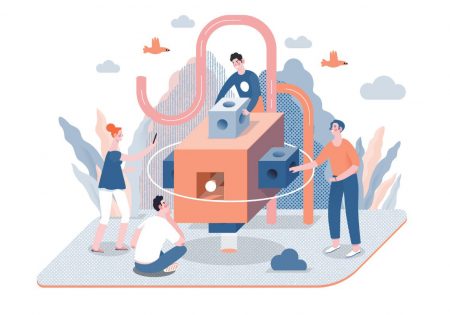For more stories like this, sign up for the PLANADVISERdash daily newsletter.
401(k) Match, Auto-Enrollment Key Participation Drivers
A Fidelity news release said that when the match is combined with immediate vesting when all employees are eligible for automatic enrollment, the plan’s participation rate can soar to as much as 89%.
On average, offering a company match of at least 50% on every dollar of participants’ contributions, up to 6% of pay, or what equates to 3% of the participants’ salary, drives increased worker participation in plans by as much as 9%, according to the release. The Fidelity research was based on data from 7,000 plans recordkept by the investment company.
“Many employers, both small and large, are facing tough decisions about employee benefits in this economic environment,” said Scott B. David, president of Workplace Investing at Fidelity Investments, in the news release. “We know that when companies eliminate the match to their workplace savings plans, almost half see a decrease in participation and deferral rates.”
The research showed that the provision of a company match has the largest impact on workers in their 30s and 40s, increasing their participation rates by 9%. Workers in their 30s had an average participation rate of 52% in plans where no company match is provided, versus 61% in plans with a match. Workers in their 40s showed similar rate increases, with participation at 61% in plans without a match versus 70% for plans with a match.
Among older workers in their 50s, participation rates increase seven percentage points from 68% in plans with no match to 75% in plans with a company match available.
Fidelity’s research also found that the match rate—or the minimum that the employee has to defer in order to get the full company match—has a strong influence on workers’ deferral rates. About 30% of participants enrolled in their workplace plan deferred the same amount as the company match rate, enabling them to take full advantage of the company match.
The research, covering 5.7 million eligible employees and 3.5 million participants, was conducted from September to November 2008 and was based on plan data as of December 31, 2007.
You Might Also Like:

How Participants Have Responded to This Year’s Economy
The Role of the 401(k) in Today’s Tight Labor Market

Senate Finance Committee Advances EARN Act
« Neither Oldest nor Youngest Boomers Prepared for Retirement